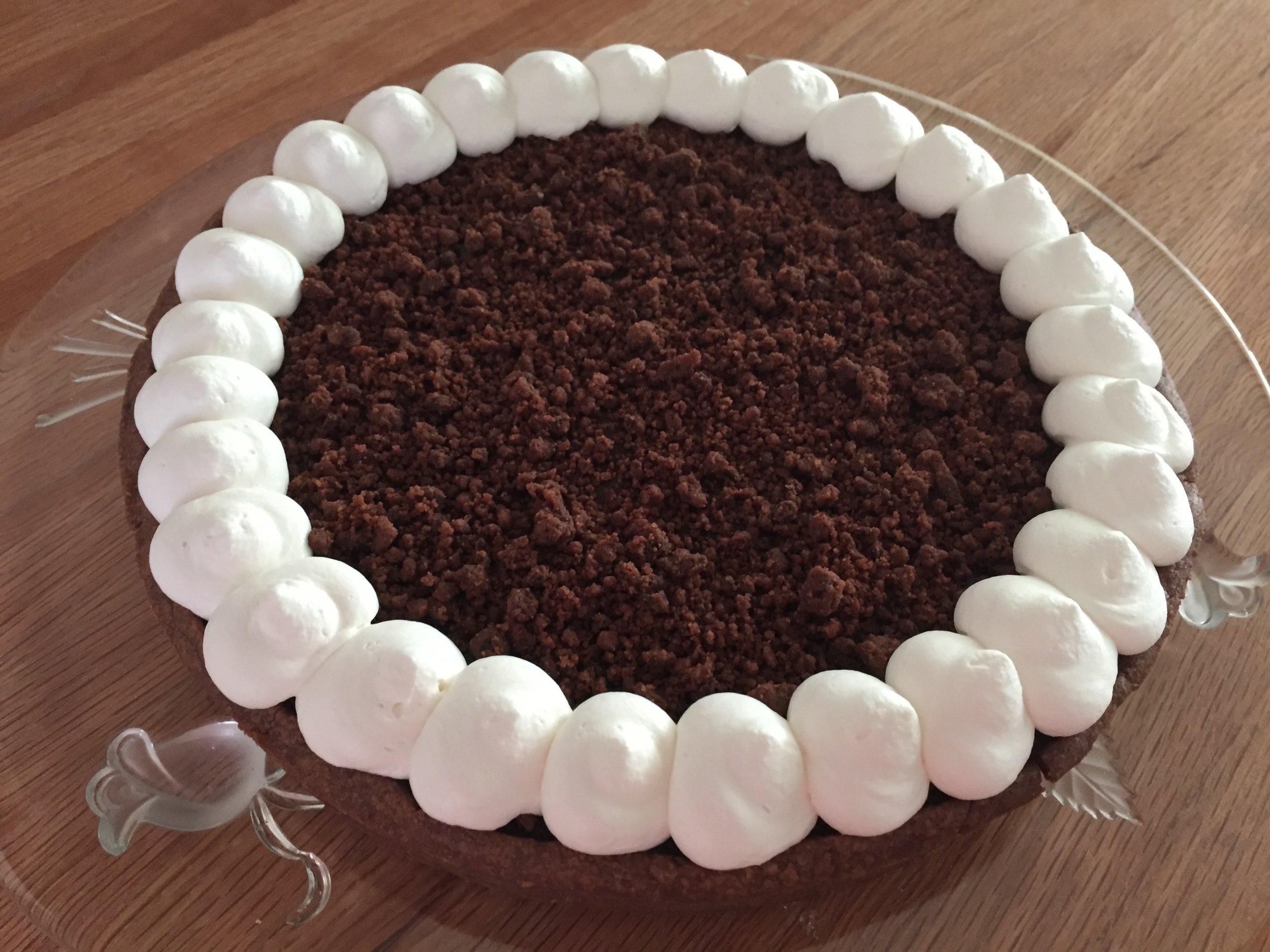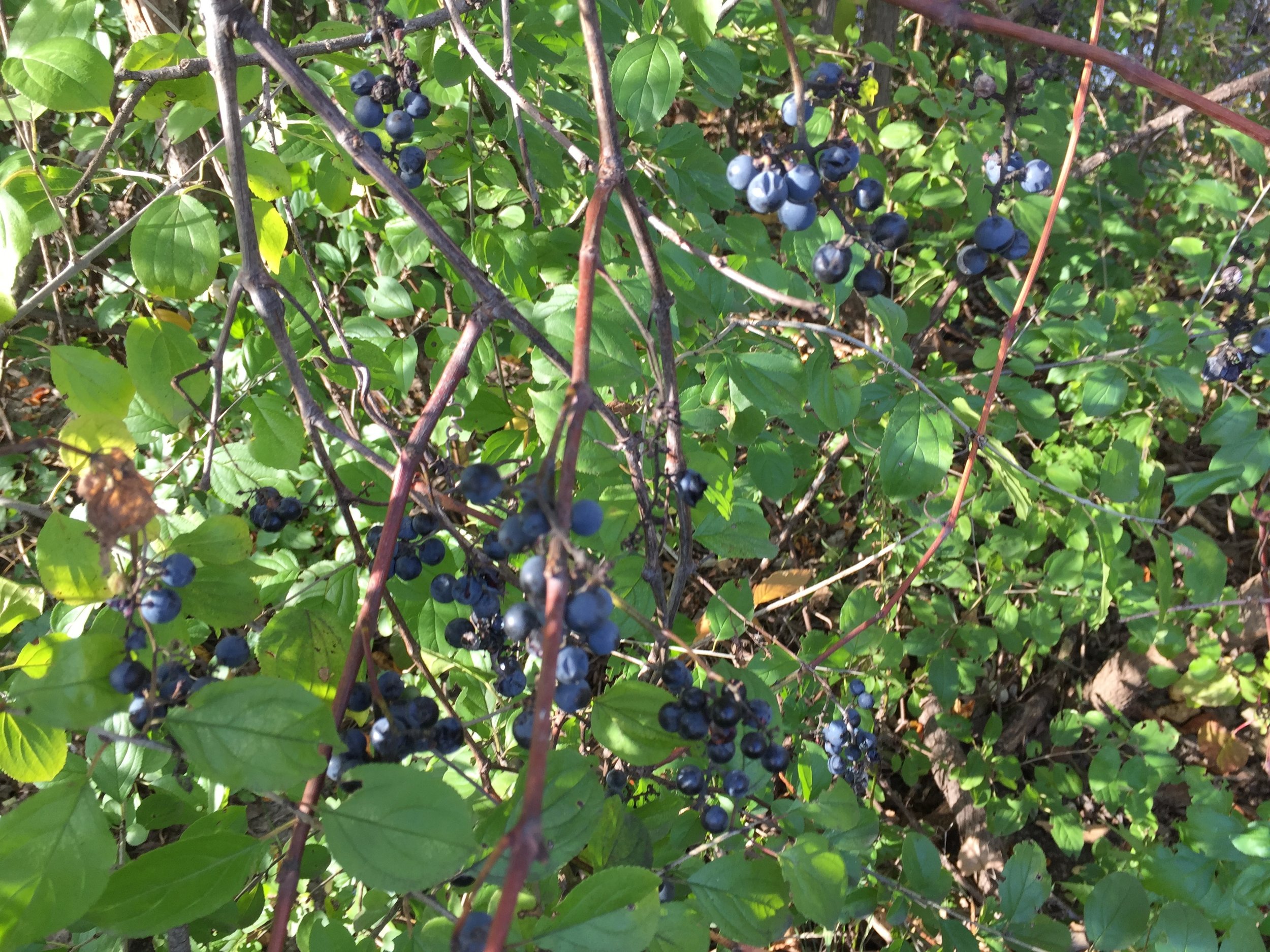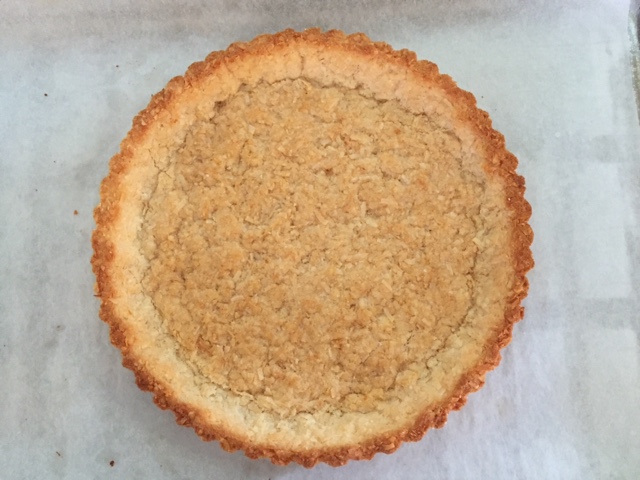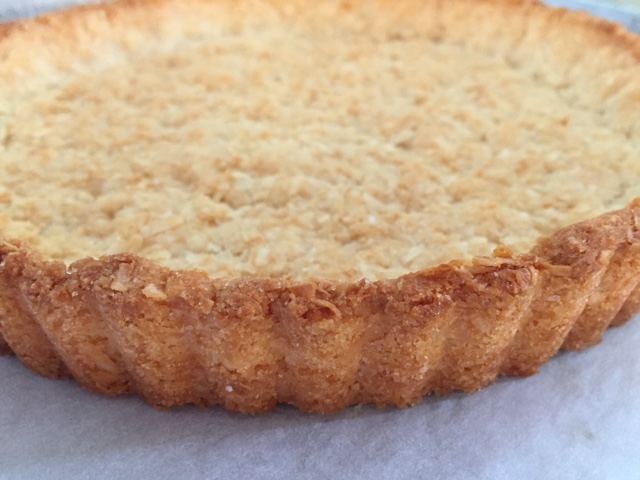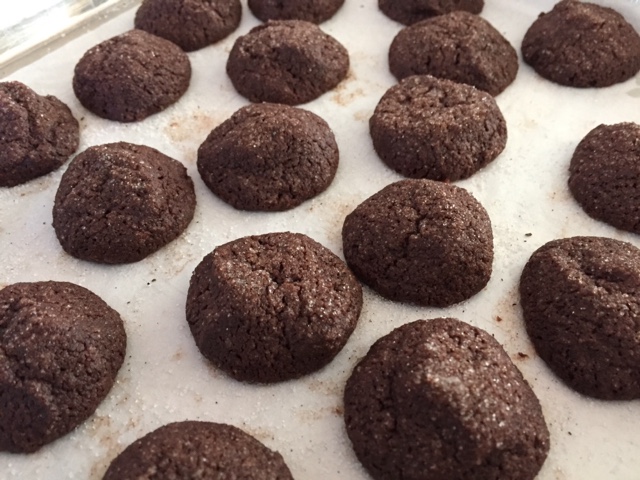Lemon ricotta blueberry tarts
/It’s definitely blueberry season here in West Michigan - love it! We’ve been deep into it for the past few weeks and they’re still coming. Of course I simply had to create something with these luscious orbs so I turned to some of my favorite base recipes.
I love choosing my components and flavor profiles while giving myself plenty of time to make each part, assembling the final result when I’m ready to serve and enjoy. The freezer plays an important roll here folks and is one of the most useful tools in the baking and pastry armamentarium. Hip hip hooray for freezers!
I recently purchased a set of 80 mm square perforated tartlet forms that came with a 6-well silicone mold to create fillings that fit oh so nicely in or atop the tart shell. They’re made by my favorite Italian silicone flexi-mold maker Silikomart. What a cool way to create a composed tart - right up my alley. And let’s not forget - soooo many possibilities.
Of course I’ve been itching to try them out and what better way than creating a blueberry lemon flavor combo to help celebrate our summer’s berry bounty.
Perforated tart forms have been available for some years now, the idea being that the tart crust will brown ever so golden-ly since the dough is exposed to more oven heat via the numerous little holes.
For this project I started with a version of pâte sucrée based on a Claudia Fleming recipe from her book “The Last Course”. It’s very reminiscent of a honey graham cracker: cream 227 g (2 sticks/8 ounces) unsalted softened butter with 50 g granulated sugar and 50 g dark brown sugar until smooth; add 84 g (1/4 cup) honey and beat until well blended; in a separate bowl mix together 195 g (1.5 cups) all purpose flour, 125 g (1 cup) whole wheat pastry flour, 1 teaspoon salt, a pinch of cinnamon and some freshly grated nutmeg; add the dry ingredients to the butter/sugar/honey mixture in two additions and blend just until the dough comes together. Wrap in plastic wrap and chill at least an hour before rolling out.
NOTE: this makes more than needed for the six square tarts; the extra dough will be OK wrapped in the fridge for a couple of days (if you have another use for it soon) or in the freezer for several months. If frozen, thaw overnight in the fridge before using.
I lined my square tart forms, blind baked them and filled them with my favorite lemon tart filling á la Jacques Genin, pouring the still warm mixture into the baked shells (note: the baked shells don’t have to cool all the way before adding the lemon filling). Bake at 300ºF for about 10-15 minutes until the filling is set (look for just a hint of jiggle in the center). Let cool and store covered in the fridge for a day if you’re planning on serving them soon or freeze for several days or up to 1-2 weeks. If frozen, you can top with the ricotta custards right out of the freezer (more on that coming up!).
It’s all about the components - work on them step-by-step then put it all together for the pièce de resistance!
Now for the lemon ricotta filling (makes plenty for six 80 mm square tarts plus a number of additional flexi-mold shapes of your choice - I did a bunch of ingots which are just waiting in my freezer for the next creation!).
Blend 2 cups whole milk ricotta with 150 g (3/4 cup) granulated sugar, 1 tablespoon cornstarch, 1 teaspoon lemon zest (or lemon/lime zest combo), 1 teaspoon vanilla and 3 large eggs. In this case I also blended in 1/4 cup of leftover lemon tart filling to add a bit more tang.
Heat the oven to 325ºF. Fill your chosen flexi-molds and place the mold(s) on a sheet pan. Carefully pour hot water around the base of the molds so as to create a shallow water bath around the molds. Bake about 20 minutes until set.
Remove from the oven, gently lift the flexi-mold(s) and place on a wire grid to cool. Once cool, place the molds in the freezer to firm up, at least 4 hours or overnight.
When ready to assemble, pop the frozen ricotta custards out of the molds and place on top of the lemon filled tarts.
Once this step is complete, place the assembled tarts in the fridge for several hours to allow the ricotta custards to thaw. The custards will hold their shape in the fridge and be ready for the blueberry topping for serving. Yes!
For the blueberry topping: place 2 cups fresh blueberries, 50 g sugar, 2 tablespoons water and the zest of a lemon in a saucepan over medium heat until the berries pop (4-5 minutes). Cook another few minutes to jam-ify a bit, transfer to a clean bowl, stir in a splash of lemon juice and chill. When ready to garnish your tarts, stir in an additional 1 cup fresh blueberries and spoon the topping over the chilled lemon tarts. You’ll have plenty - the leftovers will keep in the fridge in a covered container for 2-3 days (hmmm . . how about on top of your favorite vanilla or berry or peach ice cream?). Sounds deelish.
Et voilà! You are ready to enjoy a delicious summer treat. The combo of the honeyed whole wheat crust, tart and tangy citrus filling, smooth ricotta custard and luscious berries is absolutely stunning!
And yes - Steve gave it a thumbs up!
Ooooo - next time how about chocolate pâte sucrée, dark chocolate ganache filling, topped with an orange hazelnut custard and garnished with crunchy hazelnut praline? Sounds like a great autumn/winter project to me!










